
Birds can be a delightful addition to the natural environment, but they can pose significant problems when deciding to make your roof their home. From nesting in eaves to creating messes and damaging roofing materials, birds can lead to costly repairs and ongoing maintenance issues. To protect your home, it’s essential to implement effective bird proofing strategies. In this article, we will explore various methods of roof bird protection to keep your home safe and bird-free.
Understanding the Importance of Bird Proofing
Before diving into specific strategies, it’s crucial to understand why bird proofing your roof is essential. Birds often choose rooftops for nesting because they provide a safe and elevated environment.
– Health Hazards: Bird droppings can carry diseases that pose health risks to humans and pets.
– Pest Attraction: Bird nests can attract other pests, such as rodents, creating additional problems around your home.
Implementing effective bird proofing measures can prevent these issues and safeguard your property.
1. Install Bird Deterrents
Installing bird deterrents is one of the most effective ways to prevent birds from nesting on your roof. These can include physical barriers and visual or auditory devices that discourage birds from settling on your property.
– Bird Spikes: These spikes do not harm the birds; instead, they create an uneven surface that makes it uncomfortable for birds to perch.
Bird Wire: Bird wire systems create a physical barrier that prevents birds from landing. They can be installed along roof edges and other problem areas.
– Visual Deterrents: Items like reflective tape, plastic owls, or fake predators can create an unwelcoming bird environment. The movement and shine of these items can scare birds away.
– Noise Deterrents: Sound devices that emit distress calls or predator noises can also be effective. However, ensuring that these devices are humane and do not cause undue stress to the birds is essential.
2. Secure Nesting Areas
To effectively bird proof your roof, it’s vital to eliminate potential nesting sites. Birds often seek sheltered areas to build their nests, so securing these spots is essential.
– Close Off Entry Points: Inspect your roof for any gaps or openings where birds can enter. Use mesh netting or hardware cloth to seal these openings, making it difficult for birds to access them.
– Gutter Guards: Installing gutter guards can help prevent birds from nesting in gutters, which can lead to clogs and water damage. These guards keep debris out while allowing water to flow freely.
– Regular Maintenance: Regularly inspect your roof for signs of bird activity. Remove any nests as soon as you notice them, but ensure you’re aware of local laws regarding bird nesting, as some species may be protected.

3. Landscaping Considerations
The landscaping around your home can significantly affect whether birds attract or deter them. Adjusting your outdoor space can further enhance your roof bird protection strategies.
– Trim Overhanging Branches: If trees or large shrubs near your roof, birds may use them as launching pads. Regularly trimming back branches can reduce the likelihood of birds landing on your roof.
– Choose Non-Attractive Plants: Certain plants and shrubs may attract birds due to their fruits or seeds. Opt for less appealing plants to birds, reducing the likelihood that they will venture close to your roof.
– Install Decoys: Just as visual deterrents can be effective on your roof, placing decoys (like fake owls) in your garden can help deter birds from approaching your home altogether.
4. Professional Solutions
If you’re facing significant bird issues or your efforts to birdproof your roof haven’t yielded results, consider consulting a professional pest control or wildlife removal service. These experts can provide specialized solutions tailored to your specific situation.
Inspection and Assessment: A professional can conduct a thorough inspection of your property to identify potential nesting areas and recommend appropriate bird-proofing measures.
– Safe Removal: If birds have already nested, professionals can help safely remove the nests, ensuring compliance with local laws and regulations.
– Custom Solutions: Professionals can offer customized solutions that may involve a combination of methods tailored to your home’s unique layout and bird species.
Bird proofing your roof is essential in protecting your home from potential damage and health risks associated with nesting birds. By installing deterrents, securing nesting areas, considering landscaping options, and seeking professional assistance, you can effectively keep birds at bay and maintain a safe and clean environment around your property.
Investing time and resources into adequate roof bird protection safeguards your home and enhances its overall aesthetic appeal. With the right strategies in place, you can enjoy a bird-free roof while still appreciating the beauty of nature from a distance. Please take action today to protect your home and ensure it remains a safe and welcoming space for you and your family.

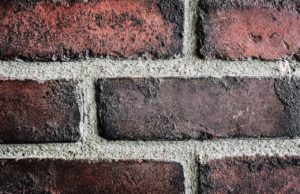

 ferred from the printing plate to a rubber blanket and finally to the printing surface.
ferred from the printing plate to a rubber blanket and finally to the printing surface.
 d individual business. If you supply a service, client support is very likely to be an integral business driver; in case you’re a high-volume maker, the production-line rate is going to be an integral business driver.
d individual business. If you supply a service, client support is very likely to be an integral business driver; in case you’re a high-volume maker, the production-line rate is going to be an integral business driver.
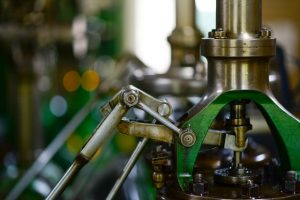

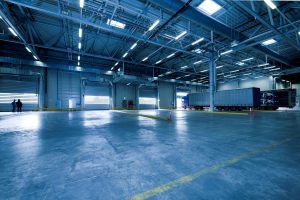

 For years now, consumers have been buying more goods online. According to the Census Bureau in the next quarter, on a seasonally adjusted basis e-commerce earnings topped more than $111 billion, or 8.9 percent of all retail sales. Industry forecasters anticipate e-commerce sales to keep on growing. Warehouses often reveal little about what goes on inside their walls, but the buildings make possible the rapid delivery which customers now expect from online retailers. They function as storage and distribution points for goods which range from auto parts and materials for hot water service repairs to pharmaceuticals. And warehouse projects have grown rapidly since 2010, forming a critical part of the employment base in communities throughout the country.
For years now, consumers have been buying more goods online. According to the Census Bureau in the next quarter, on a seasonally adjusted basis e-commerce earnings topped more than $111 billion, or 8.9 percent of all retail sales. Industry forecasters anticipate e-commerce sales to keep on growing. Warehouses often reveal little about what goes on inside their walls, but the buildings make possible the rapid delivery which customers now expect from online retailers. They function as storage and distribution points for goods which range from auto parts and materials for hot water service repairs to pharmaceuticals. And warehouse projects have grown rapidly since 2010, forming a critical part of the employment base in communities throughout the country.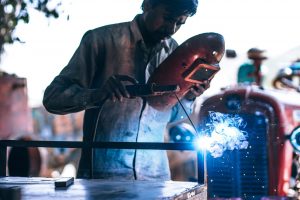
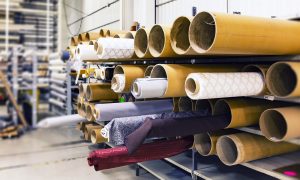
 While in some vineyards the romantic vision of hand pickers is genuinely the case, (with places like
While in some vineyards the romantic vision of hand pickers is genuinely the case, (with places like 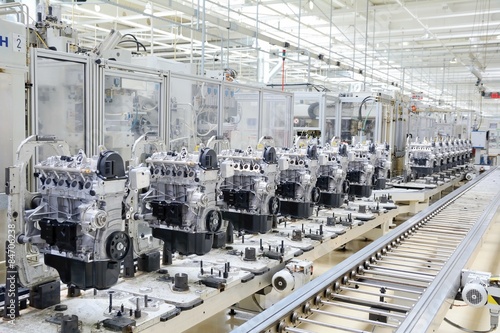

 Powered by a Kubota 47kW (63hp) diesel motor, Kubota says the power plant features low noise, low vibration and low fuel intake. The spacious taxi ergonomic design is created to keep the operator comfortable for long shifts, consisting of a full suspension adjustable seat. A key-based, anti-theft system keeps the R065 protected. Six tie-down points guarantee simple and safe and secure transport, perfect to
Powered by a Kubota 47kW (63hp) diesel motor, Kubota says the power plant features low noise, low vibration and low fuel intake. The spacious taxi ergonomic design is created to keep the operator comfortable for long shifts, consisting of a full suspension adjustable seat. A key-based, anti-theft system keeps the R065 protected. Six tie-down points guarantee simple and safe and secure transport, perfect to 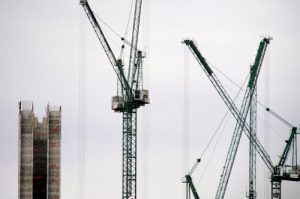 For centuries, archaeologists and historians have been baffled by how Stonehenge was constructed. The largest of the Sarsen stones transferred to Stonehenge weighs 50 tonnes which indicates that transportation by boat would have been difficult without the cloud services technology we have these days to assist with cranes. Legend holds that ancient druids levitated the stones into location with their eldritch routines. The fact may be a bit less interesting, however just as fascinating. The dominating theory is that the stones were actually dragged utilizing an intricate series of sledges, ropes, ramps, and levers. The stones of the Pyramids of Giza were likely raised into location in a comparable fashion. The “regular” pieces that travellers see on the outside surface of the pyramids are 3 tons each, however the biggest supporting pieces weigh approximately 70 tons. Think that’s outstanding? The Colossi of Memnon each weighed 700 tons each.
For centuries, archaeologists and historians have been baffled by how Stonehenge was constructed. The largest of the Sarsen stones transferred to Stonehenge weighs 50 tonnes which indicates that transportation by boat would have been difficult without the cloud services technology we have these days to assist with cranes. Legend holds that ancient druids levitated the stones into location with their eldritch routines. The fact may be a bit less interesting, however just as fascinating. The dominating theory is that the stones were actually dragged utilizing an intricate series of sledges, ropes, ramps, and levers. The stones of the Pyramids of Giza were likely raised into location in a comparable fashion. The “regular” pieces that travellers see on the outside surface of the pyramids are 3 tons each, however the biggest supporting pieces weigh approximately 70 tons. Think that’s outstanding? The Colossi of Memnon each weighed 700 tons each.